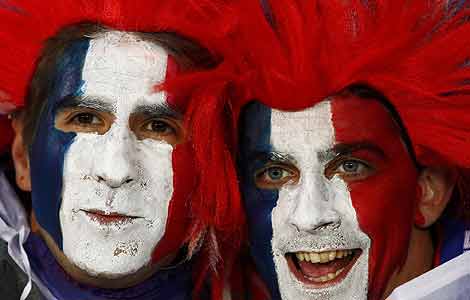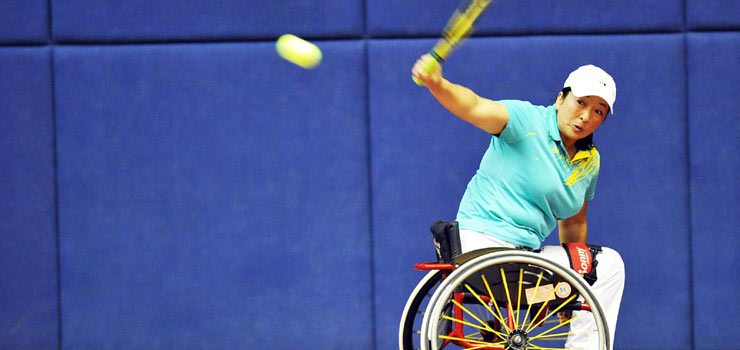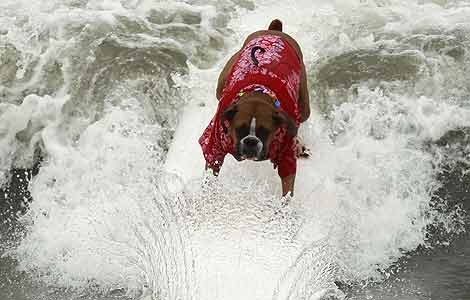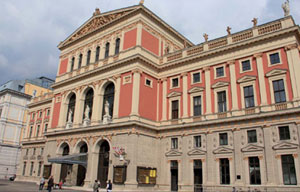US economy grew 2.5% in Q3 as consumers rebound
Updated: 2011-10-27 21:57
(Agencies)
|
|||||||||
WASHINGTON - The US economy grew modestly over the summer after nearly stalling in the first six months of the year, lifted by stronger consumer spending and greater business investment.
The Commerce Department said Thursday that the economy expanded at an annual rate of 2.5 percent in the July-September quarter. That's the stronger growth in a year and nearly double the 1.3 percent growth in the April-June quarter. It's also a vast improvement over the anemic 0.9 percent growth for the entire first half of the year.
While 2.5 percent growth is enough to ease recession fears, it's far below what's needed to lower painfully high unemployment, which has been near 9 percent for the past two years. Analysts project similar growth for the October-December quarter.
Nonetheless, the report on US gross domestic product, or GDP, sketched a more optimistic picture for an economy that only two months ago seemed destined for another recession. And it was delivered on the same day that European leaders announced a deal that marked a turning point in their two-year debt crisis.
Stocks surged on the European deal and maintained their gains after the report on US growth was released.
"This has been a morning of encouraging news," said Jennifer Lee, a senior economist for BMO Capital Markets. "The fourth quarter may see some pullback in US economic growth ... but the positive details underlying the GDP report should help ease fears of a US recession..somewhat."
Consumers helped drive much of the growth. They spent at an annual rate of 2.4 percent - more than triple the rate in the spring. They bought more cars, furniture and clothing.
Households also increased their spending on services by the most in more than five years. Spending on services rose a solid 3 percent. Much of the gain was because they spent more on health care and to cool their homes during an unseasonably hot summer.
Still, Americans spent more even though they made less money. Their after-tax incomes adjusted for inflation fell at a rate of 1.7 percent in the summer, the biggest decline since the third quarter of 2009 - just as the recession was ending.
Economists believe that growth in consumer spending, which accounts for 70 percent of economic activity, will be restrained until incomes start growing at healthier levels, which is unlikely until hiring picks up.
"Households funded their extra consumption by running down their saving rate," said Paul Ashworth, chief US economist for Capital Economics, who predicts growth will cool off in the fourth quarter and next year.
Businesses also helped boost third-quarter growth by stepping up their investment in equipment and software. That category surged 17.4 percent - nearly three times the rate from spring. They also invested more in new buildings, a sign that some could be expanding despite the sluggish economy.
The GDP report measures the country's total output of goods and services. It covers everything from bicycles to battleships, as well as services such as haircuts and doctor's visits.











